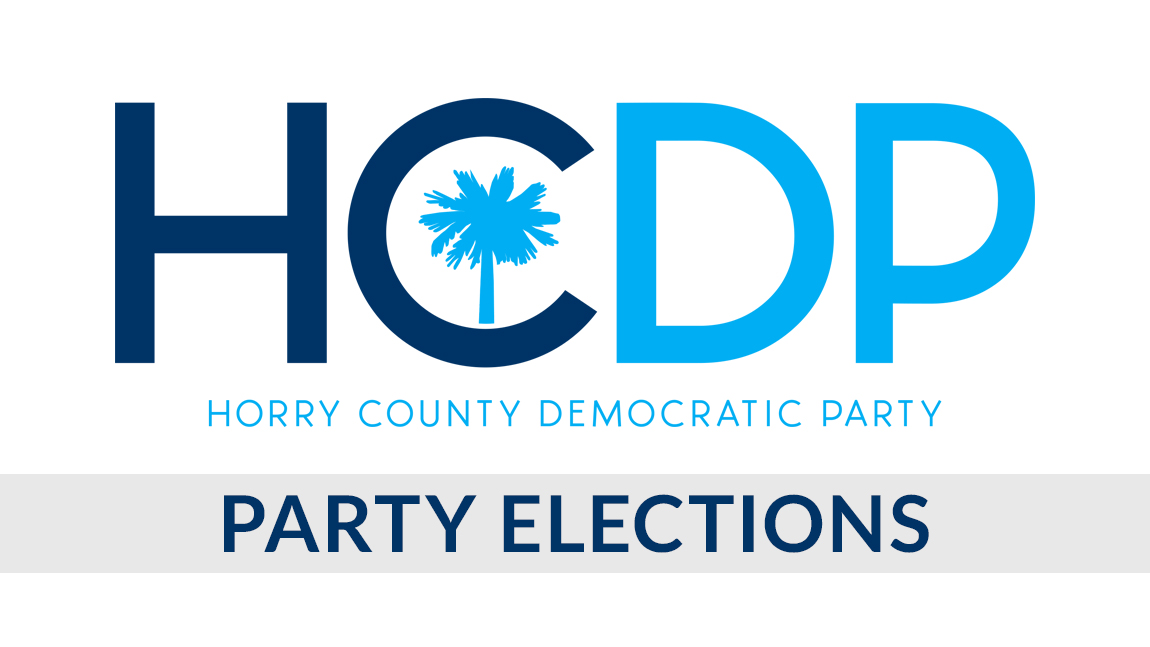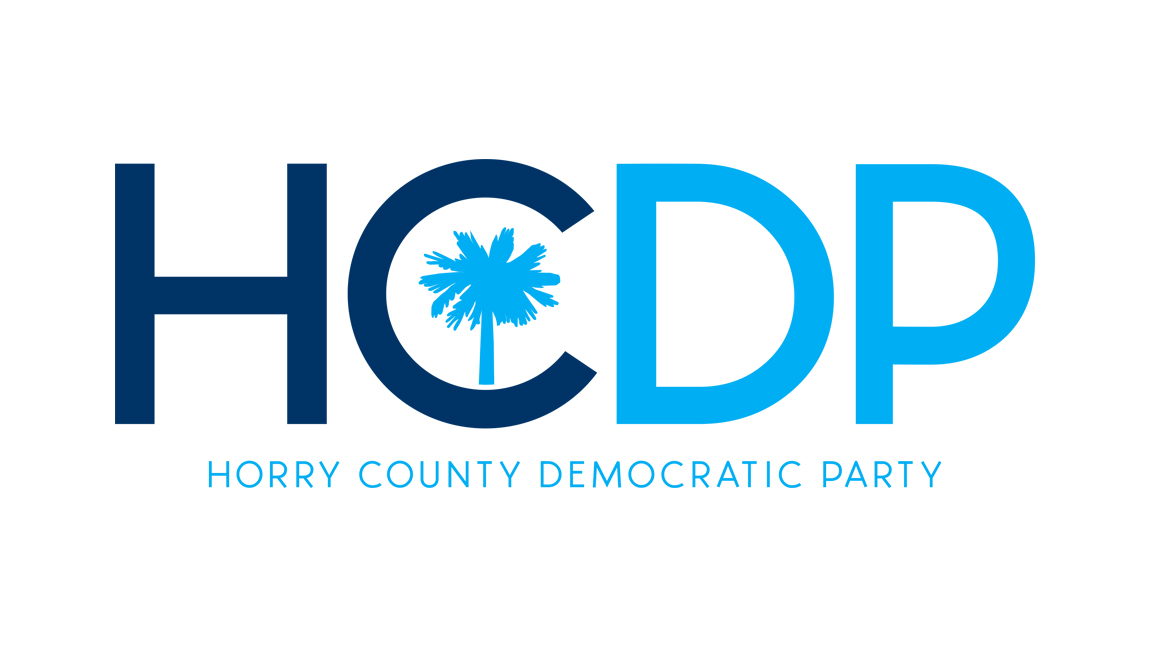by Bob Gatty.
 Senate GOP leaders plan to bring the bill sponsored by Sen. Lindsay Graham (R-SC) and some of his Republican colleagues to a vote next week, regardless of whether they are assured of enough votes to pass it and even though the Congressional Budget Office will not have its analysis of the bill’s impact completed for lawmakers to consider.
Senate GOP leaders plan to bring the bill sponsored by Sen. Lindsay Graham (R-SC) and some of his Republican colleagues to a vote next week, regardless of whether they are assured of enough votes to pass it and even though the Congressional Budget Office will not have its analysis of the bill’s impact completed for lawmakers to consider.
“It is the leader’s intention to consider Graham-Cassidy on the floor next week,” Don Stewart, spokesman for Senate Majority Leader Mitch McConnell, told Congressional Quarterly.
Republicans can lose only two of their members and still pass the bill, assuming a tie-breaking vote by Vice President Mike Pence. Their chance to pass legislation with a simple majority, rather than the 60 votes needed to break a sure filibuster by Democrats, ends September 30.
According to Modern Healthcare, the Graham-Cassidy bill to repeal and replace the Affordable Care Act would be even harsher than the GOP’s previous bill, the Better Care Reconciliation Act (BCRA). Here’s how:
1. Establishes fixed state block grants that cap federal subsidies for coverage. The BCRA would have continued Obamacare’s guaranteed subsidies to qualifying individuals.
2. Ends all federal subsidies in 2026, compared with no subsidy cutoff under the BCRA.
3. Ends Medicaid expansion entirely in 2020. The BCRA would have phased out enhanced funding in 2024 and let states continue expansion using standard federal match funds.
4. States could give insurers unlimited ability to consider pre-existing conditions to set premiums. The BCRA didn’t allow that.
5. Eliminates the federal insurance exchange, which states could keep under the BCRA.
6. Offers $25 billion for two-year state reinsurance program. The BCRA offered $182 billion over a decade.
7. No dedicated funding for substance abuse treatment. The BCRA granted $44 billion to states for addiction and recovery care.
8. Doesn’t require states to use federal block grant money to help lower-income people buy coverage, unlike the BCRA requirement that subsidies go to lower-income groups.
9. Allows states to waive coverage for preventive services. The BCRA continued ACA’s first-dollar coverage for preventive care.
10. Redistributes federal subsidies from Medicaid expansion to non-expansion states—with 20 states receiving about 35% to 60% less than under Obamacare—versus smaller redistributions between the states under the BCRA.
The BCRA would have knocked 4 million Americans out of healthcare coverage by 2026 and would have increased costs to a majority of enrollees, according to Brookings Institution. This one is worse, and Sen. Graham can be thanked for ginning up at least enough support to get it considered.
Bob Gatty, a Carolina Forest resident, is Communications Coordinator for the Horry County Democratic Party. He can be reached at bob@gattyedits.com.






